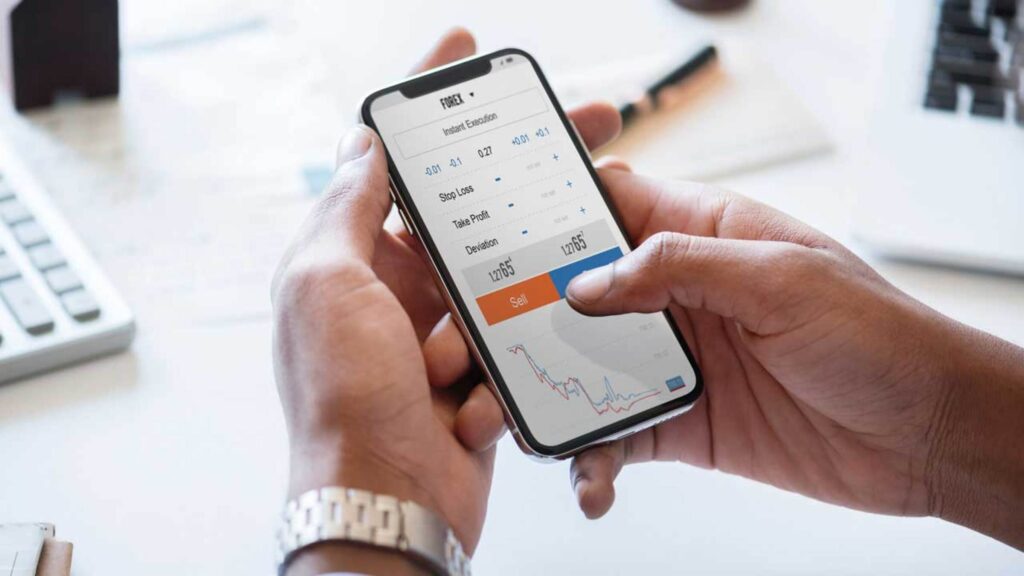The Forex market, a global decentralized or over-the-counter market for the trading of currencies, is a realm filled with opportunities and challenges. Its vastness and complexity demand a nuanced understanding of how rates are determined and calculations are made. This article aims to shed light on the intricacies of Forex rates and offer practical tips for navigating this dynamic market.
Decoding the World of Forex: An Overview

The Foreign Exchange Market, commonly referred to as Forex, is the largest financial market in the world, with a daily trading volume exceeding $6 trillion. It’s where currencies are traded, facilitating international trade and investment by enabling currency conversion. Unlike stock markets, which have fixed hours, the Forex market operates 24 hours a day, five days a week, reflecting the global nature of currency trading. Participants range from international banks and financial institutions to individual retail traders. The primary purpose of the Forex market is to assist in setting the exchange rate of different currencies, making it the backbone of the global financial system.
Navigating the Forex Market: Key Terms Explained

To effectively navigate the Forex market, understanding its key terms is essential. Currency Pairs are the foundation of Forex trading, representing the quotation of two different currencies, with the value of one currency being quoted against the other. The Base Currency is the first currency listed in a currency pair, while the Quote Currency is the second. Pips (Percentage in Point) measure the change in value between two currencies. Leverage allows traders to control large positions with a relatively small amount of invested capital, amplifying both potential profits and losses. Spread refers to the difference between the bid (sell) and ask (buy) price of a currency pair, which is the broker’s profit margin.
The Mechanics of Forex Rates: How They Work

Forex rates, or exchange rates, are determined by the supply and demand for currencies, influenced by factors such as interest rates, economic stability, and political events. Unlike other markets, there’s no central exchange in Forex, making it a decentralized market. Currency values fluctuate constantly due to these various factors, creating opportunities for traders to speculate on future movements. Central banks also play a crucial role in the Forex market by setting interest rates and implementing monetary policy, which can significantly impact currency values.
Calculating Your Way Through Forex: A Guide

Understanding Forex calculations is crucial for successful trading. At its core, trading involves buying a currency while simultaneously selling another. Profit or loss is determined by the difference in price from when you enter and exit a trade. The basic formula for calculating profit or loss in Forex is as simple as multiplying the number of pips by the value of each pip. For example, if you buy EUR/USD at 1.1200 and sell at 1.1250, you’ve made a profit of 50 pips. If each pip is worth $10, your total profit is $500. However, factors like leverage and lot size can significantly affect the outcome.
Forex Calculation Table
| Element | Description | Example |
|---|---|---|
| Pip Value | The value of a single pip movement in a currency pair | $10 for a standard lot in EUR/USD |
| Lot Size | The amount of currency you’re trading | Standard lot is 100,000 units of currency |
| Leverage | The ratio of credit used in a trade to the required deposit | 100:1 leverage means you control $100,000 with $1,000 |
| Profit/Loss | The outcome of a trade based on the difference in the exchange rate from open to close | Buying EUR/USD at 1.1200 and selling at 1.1250 with a standard lot = $500 profit |
Risks and Rewards: Understanding Forex Fluctuations

Trading in the Forex market involves significant risk, mainly due to its volatility. Currency values can fluctuate dramatically due to economic reports, geopolitical instability, or changes in market sentiment. However, with higher risk comes the potential for higher rewards. Successful traders use a combination of technical analysis, fundamental analysis, and risk management strategies to mitigate these risks. Understanding the factors that influence currency movements can help traders make informed decisions, but it’s also important to have a clear risk management strategy in place.
Mastering Forex Calculations: Practical Tips

Mastering Forex calculations is vital for any trader looking to succeed in the market. Here are some practical tips: First, familiarize yourself with the basic concepts and terminology. Use a demo account to practice trades and calculations without risking real money. Always consider the size of your position and the amount of leverage used, as these can significantly impact your risk level. Develop a strong trading plan that includes clear criteria for entry and exit points, as well as stop-loss orders to minimize potential losses. Lastly, stay informed about global economic and political events that could affect currency values. By honing your calculation skills and staying disciplined with your strategy, you can navigate the complexities of the Forex market more effectively.






